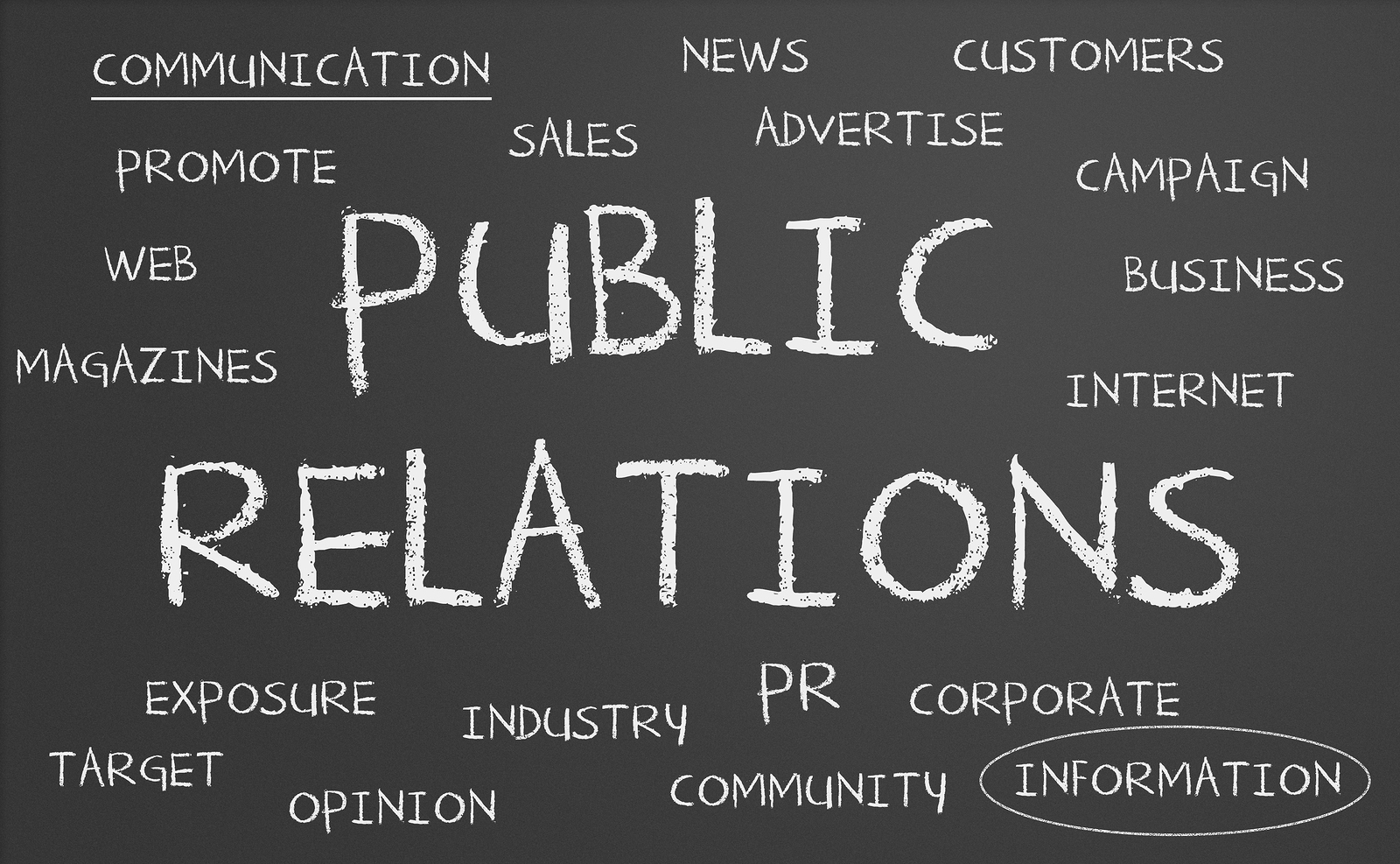Introduction
Employee performance is a critical aspect of any organization’s success. It directly impacts productivity, profitability, and overall workplace morale. High-performing employees contribute to the achievement of organizational goals, foster a positive work culture, and drive business growth. In contrast, low performance can hinder progress and may lead to higher turnover, disengagement, and dissatisfaction within the team. In this article, we will explore the factors that influence https://digital marketingtips.info and provide actionable strategies to enhance and maintain top-tier performance across your workforce.
What is Employee Performance?
Employee performance refers to how effectively and efficiently an employee completes their tasks and responsibilities in alignment with the organization’s objectives. It is typically measured based on specific performance indicators, which can include quality of work, productivity, meeting deadlines, problem-solving ability, teamwork, and adherence to company values.
Performance management is an ongoing process that focuses on setting clear goals, monitoring progress, providing feedback, and aligning employees’ efforts with the strategic goals of the organization.
Key Factors Influencing Employee Performance
Several internal and external factors contribute to an employee’s performance. These include:
-
Skills and Knowledge
Employees who possess the right technical and soft skills for their roles are more likely to perform well. Regular training, development, and upskilling opportunities can help improve employees’ capabilities and ensure they are equipped to meet the demands of their roles. -
Motivation and Engagement
Motivated employees are more productive and committed to their work. Factors that influence motivation include recognition, career growth opportunities, work-life balance, and a sense of purpose in their role. Engaged employees go above and beyond their basic job requirements and take initiative. -
Work Environment
A supportive and collaborative work environment can have a significant impact on performance. Factors such as workplace culture, leadership style, team dynamics, and available resources contribute to employee well-being and performance. -
Clear Goals and Expectations
Employees who understand their role and expectations perform better. Setting clear, measurable goals ensures employees know what is expected of them and can align their efforts accordingly. -
Leadership and Management
Effective leadership plays a critical role in employee performance. Managers who provide regular feedback, support their team, and create a positive and inclusive culture can inspire employees to perform at their best. -
Feedback and Recognition
Regular feedback and recognition are essential for driving continuous improvement. Positive reinforcement boosts morale, while constructive feedback helps employees learn and grow in their roles. -
Personal Circumstances
An employee’s personal life, including their physical and mental health, work-life balance, and outside stressors, can influence their performance. Organizations that offer flexibility and support in these areas may see improved performance and greater employee retention.
Measuring Employee Performance
To effectively manage and improve employee performance, it is essential to measure it through clear and objective methods. Some common ways to measure employee performance include:
-
Key Performance Indicators (KPIs)
KPIs are quantifiable metrics used to evaluate employee performance. These can include sales targets, customer satisfaction scores, production volume, or other role-specific metrics. -
360-Degree Feedback
This method involves collecting feedback from multiple sources, including peers, subordinates, managers, and sometimes customers. It provides a well-rounded view of an employee’s performance. -
Self-Assessments
Self-assessments allow employees to reflect on their performance, identify strengths, and pinpoint areas for improvement. These can be paired with managerial assessments for a more comprehensive evaluation. -
Performance Reviews
Periodic performance reviews are essential for assessing employee progress, providing feedback, and setting future goals. These reviews can be annual, quarterly, or ongoing depending on the organization’s preference. -
Employee Surveys and Feedback
Surveys and feedback mechanisms can be used to gather employee perspectives on their job satisfaction, performance challenges, and engagement levels. This data can help identify issues affecting performance.
Strategies to Improve Employee Performance
-
Provide Ongoing Training and Development
Continuous learning opportunities help employees stay up to date with industry trends, new technologies, and best practices. Training programs can boost their confidence and performance. -
Set SMART Goals
Setting Specific, Measurable, Achievable, Relevant, and Time-bound (SMART) goals ensures clarity and direction for employees. It helps them stay focused and motivated to meet the targets set before them. -
Offer Constructive Feedback
Regular feedback is crucial for performance improvement. While positive feedback reinforces good behavior, constructive feedback should focus on areas of improvement without demotivating the employee. A balance of both helps employees understand where they excel and where they need to grow. -
Recognize and Reward Excellence
Recognizing high-performing employees boosts morale and fosters a sense of accomplishment. Rewards can include bonuses, public recognition, career advancement opportunities, or even simple verbal praise. -
Foster a Positive Work Environment
A supportive work environment contributes to employee well-being and, in turn, performance. Encourage open communication, teamwork, and inclusivity. Provide necessary tools and resources to ensure employees can perform their tasks effectively. -
Empower Employees
Giving employees more autonomy and responsibility can increase motivation and performance. Empowered employees feel valued and trusted, which positively impacts their overall performance. -
Offer Career Development Opportunities
Employees are more likely to stay engaged and perform well when they see opportunities for advancement. Providing career development programs, mentorship, and clear career paths can help retain top talent. -
Promote Work-Life Balance
Encouraging employees to maintain a healthy work-life balance reduces burnout and stress. Offering flexible work arrangements, paid time off, and wellness programs can help employees maintain their energy levels and improve performance. -
Encourage Teamwork and Collaboration
Creating a collaborative culture encourages employees to share ideas, work together, and achieve common goals. Team-oriented work can lead to higher efficiency, problem-solving, and innovation.
Overcoming Common Performance Challenges
-
Addressing Low Motivation
Low motivation may result from poor leadership, lack of recognition, or unclear expectations. To address this, organizations should focus on improving communication, providing regular feedback, and creating a clear path for career growth. -
Dealing with Poor Communication
Lack of communication between managers and employees can lead to misunderstandings and misaligned expectations. To fix this, establish clear communication channels, encourage regular check-ins, and create a culture of transparency. -
Managing Underperformance
Underperformance can stem from various factors, such as lack of skills, personal issues, or unclear goals. Managers should address underperformance through support, additional training, and clearly defined performance improvement plans.
Conclusion
Employee performance is integral to the success and growth of an organization. By understanding the factors that influence performance and implementing effective strategies, businesses can foster an environment where employees are motivated, engaged, and equipped to perform at their best. Regular feedback, training, goal setting, and recognition are key components in maximizing employee performance, ultimately driving the organization toward achieving its strategic objectives.




